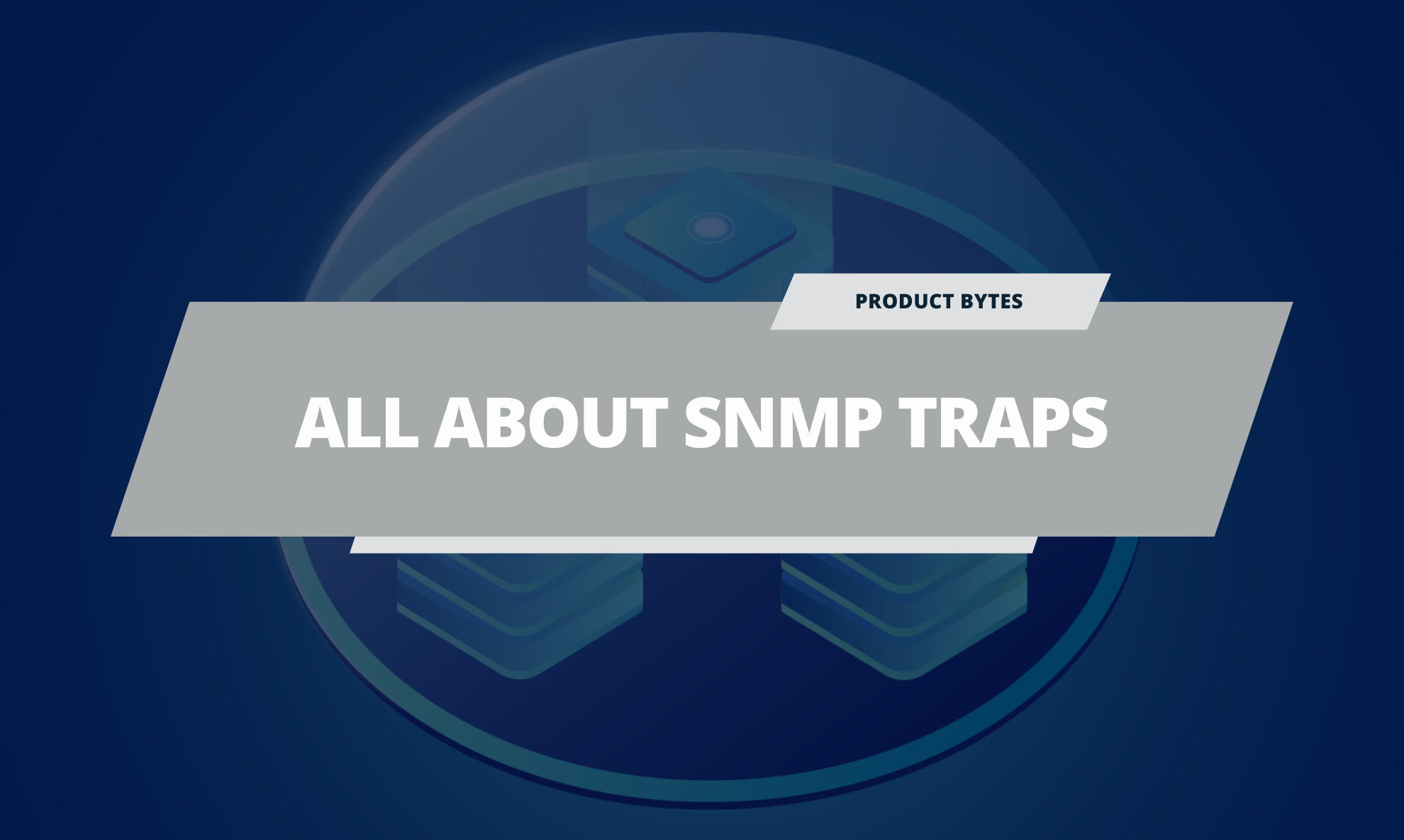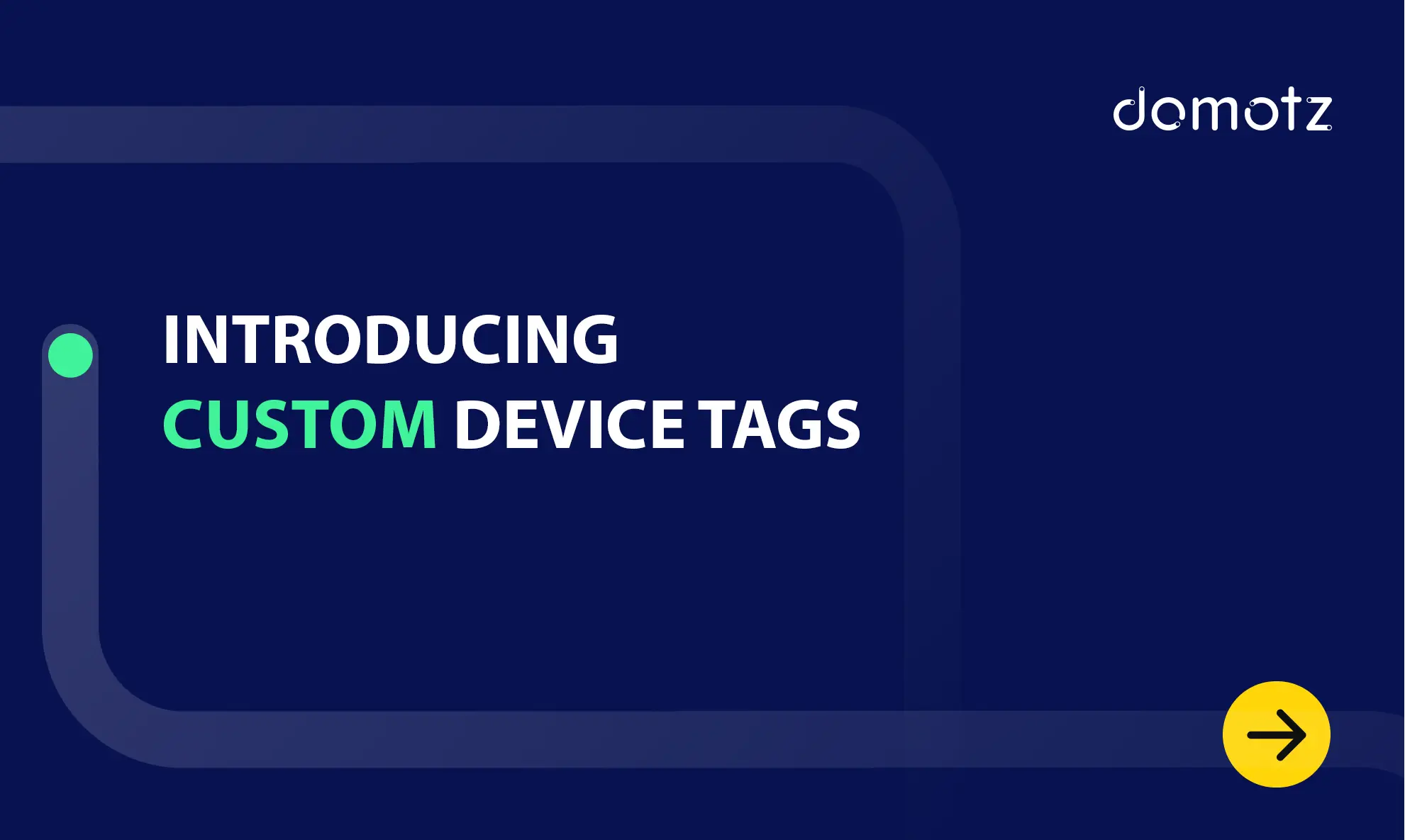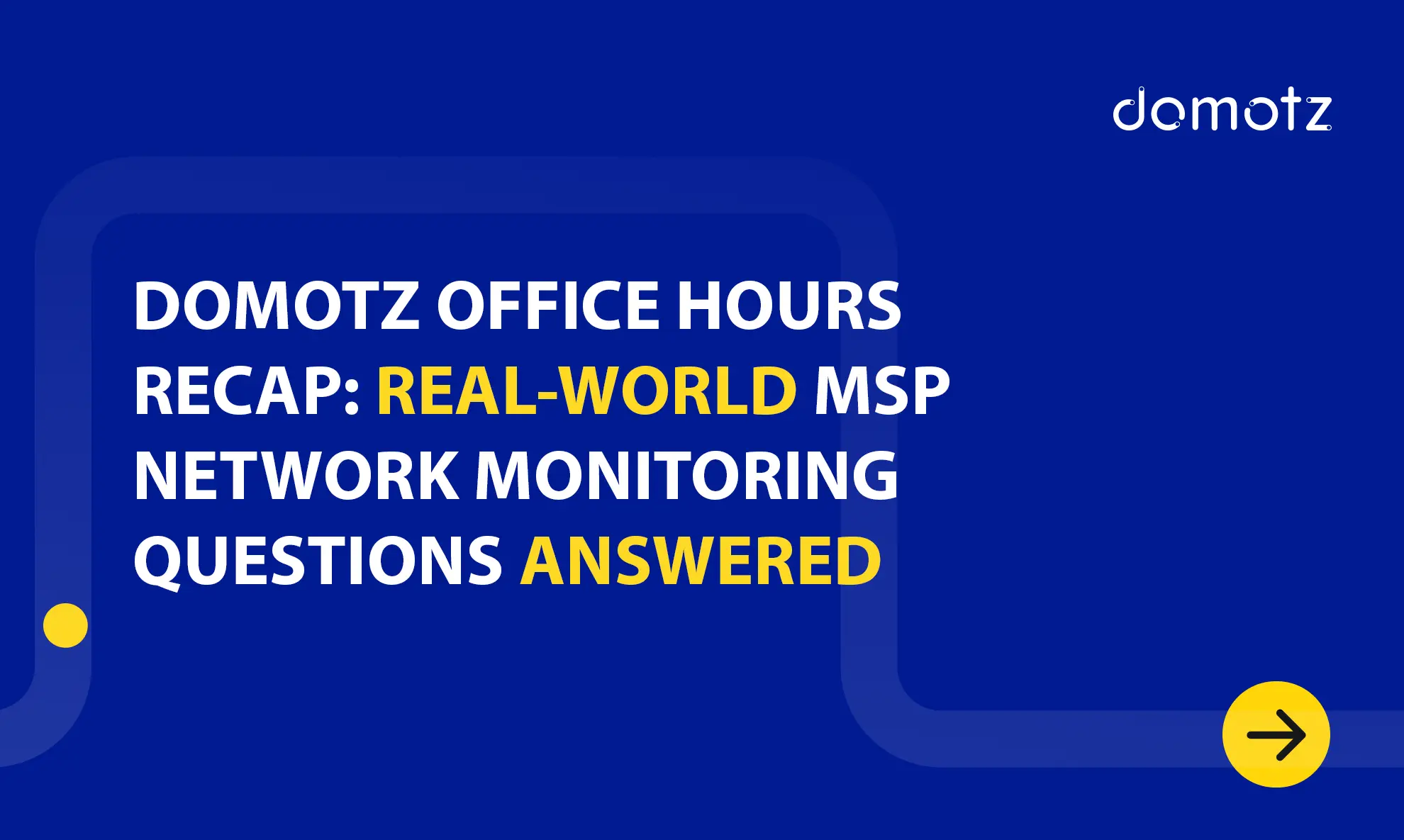SNMP offers many ways to communicate essential network health data. The SNMP trap may seem like just another type of notification, but you shouldn’t underestimate it.
Here’s how to use traps to improve your situational awareness by leaps and bounds.
In this article:
- What Is An SNMP Trap?
- What Makes SNMP Traps Different From Polling and Inform?
- What Are the Benefits of SNMP Traps?
- Types of SNMP Traps
- How SNMP Traps Unfold in Real Life
What Is An SNMP Trap?
SNMP traps are notifications that travel from networked devices to your SNMP management system.
Devices send traps in response to specific events. For instance, you might program a server to initiate a trap when its free storage hits some minimum threshold. The trap message will let you know when the event happened, which device kicked it off, and any other event-specific information you need to know, including a unique OID.
What Makes SNMP Traps Different From Polling and Inform?
Traps differ from other kinds of notification messages. The key distinctions lie in the direction of travel, what happens after message receipt, and who initiates the communication:
- SNMP polling: With polling, you send request messages to devices from your management system and receive multiple responses. These messages are transmitted regularly, letting you collect data in bulk.
- SNMP inform: Informs work like traps but with an extra layer of assurance. A management system that receives an informed message must reply with an acknowledgment.
What Are the Benefits of SNMP Traps?
Why bother with SNMP traps? A few noteworthy benefits come to mind:
1. Being proactive means you don’t have to wait for major problems to occur.
Network monitoring is all about awareness. With traps, you can discover potential issues before they escalate. This makes it easier to resolve problems before they spiral out of control and reduce downtime.
2. You can stay abreast of what’s happening without as much overhead.
Monitoring tactics like SNMP polling aren’t free. Messages cost bandwidth and resources, particularly when sent at regular intervals. Being unsolicited means traps happen only when they need to, minimizing unnecessary network traffic. Also, remember that you set traps on a per-device basis, allowing more precise event targeting.
3. Traps go hand-in-hand with automation.
Monitoring gets harder as network topologies grow in size and complexity. Traps let you automate low-level reporting, saving time compared to manual oversight. Automation can also boost the accuracy of your network reporting strategies by cutting out the error-prone human element.
4. Traps support security and authentication.
You can configure your SNMP traps with various security features. Encryption and authentication are standard ways to protect critical data.
Types of SNMP Traps
SNMP traps are asynchronous notifications sent from an SNMP agent to an SNMP manager to alert about significant events or changes in the network. There are several types of SNMP traps, each serving a distinct purpose:
- Cold Start Traps: Sent when a device restarts, indicating a full reboot.
- Warm Start Traps: Signal a partial reboot, such as a software reload.
- Link Down/Link Up Traps: Notify the manager about status changes in network interfaces, which is essential for monitoring connectivity issues.
- Authentication Failure Traps: Triggered when an unauthorized access attempt is detected, enhancing security monitoring.
- Enterprise-Specific Traps: Custom traps are defined by network administrators to report specific conditions unique to their network environment.
These traps collectively facilitate proactive network management by enabling timely responses to potential issues.
How SNMP Traps Unfold in Real Life
Traps are amazing, but they need fine-tuning. The way you configure and process them makes a big difference.
First, it’s important to understand the basic process of setting and using traps. Here are the highlights:
- Configuration: This stage entails setting up individual devices to send traps to your manager. It’s where you’ll set up community strings, event triggers, and security features.
- Manager Setup: You probably already have an SNMP manager running, but you may need to configure it to wait for traps. This is often as simple as opening a UDP port.
- Device Trap Generation and Transmission: When the conditions have been met, the devices you configured in the first step will create and send trap messages via UDP.
Trap Receipt and Processing: After receiving a trap message, your manager must translate it into useful information. This typically involves looking up the SNMP OID in a Management Information Base (MIB) to generate a useful description. Depending on your settings, the manager can then alert or notify you.
Further reading:



